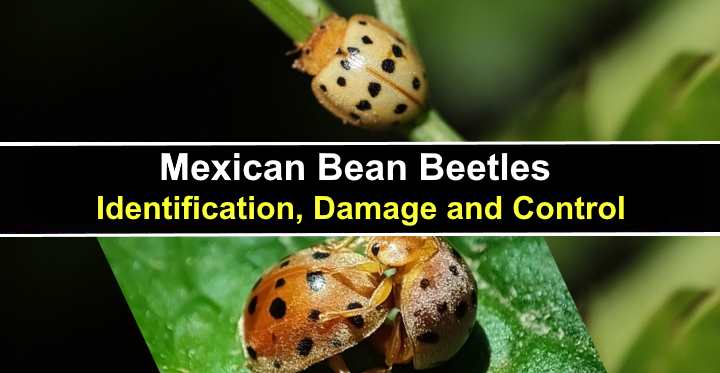How to Get Rid of Beetles in the Garden (With Pictures)
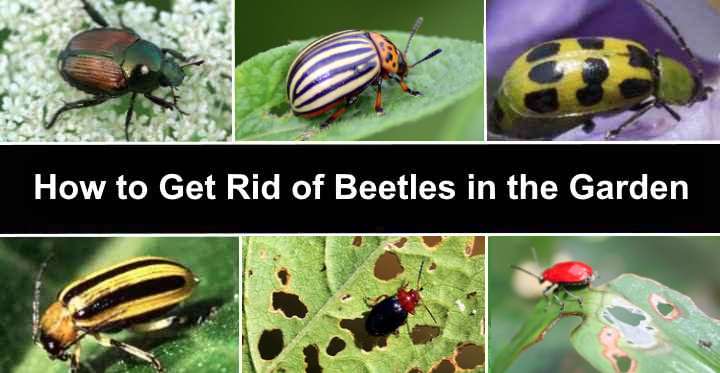
Many types of beetles can be significant garden pests. So knowing how to get rid of beetles in the garden is crucial to protect your flowers, shrubs, ornamentals, lawn, and plants from beetle damage. Destructive garden beetles chew holes in leaves, feed on roots, and can kill plants. However, the good news is that there are many natural ways to keep beetles away from your yard.
Weevils in Flour (Flour Bugs): Causes and Treatments
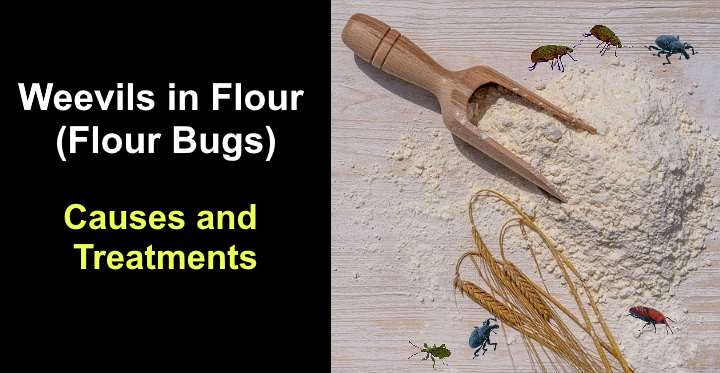
Finding weevils in flour and other pantry staples can give you a nasty surprise. The little critters that look like tiny black dots love to infest dry foodstuffs in your pantry. Unfortunately, discovering weevils in flour probably means the bugs have laid eggs and hatched into larvae, ready to become more adult weevils.
Mexican Bean Beetles: Identification, Damage and Control (With Pictures)
The Fastest Growing Fruits (With Pictures)

Fast-growing fruits like strawberries, raspberries, figs, and melons are ideal for getting a bumper crop of juicy, tasty fruits. Many types of fast-growing fruits can be ready in the same season when you plant them. Other types of fruit trees may take two or three seasons to get established but then produce fruit early in the growing season. What’s more, you can grow many fruits fast without much effort.
Oak Tree Leaves: Identification Guide (With Pictures)
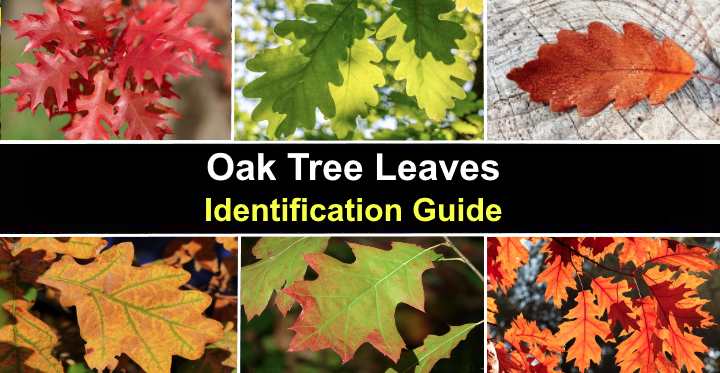
Oak tree leaves are characterized by their deep, rounded, or pointed lobes. By examining the shape, size, and lobe tips, you can easily differentiate between the red oak family and the white oak family. Furthermore, the identification of oak leaves can assist in determining the specific species of the oak tree.
Types of Helicopter Seeds (With Pictures) – Identification Guide
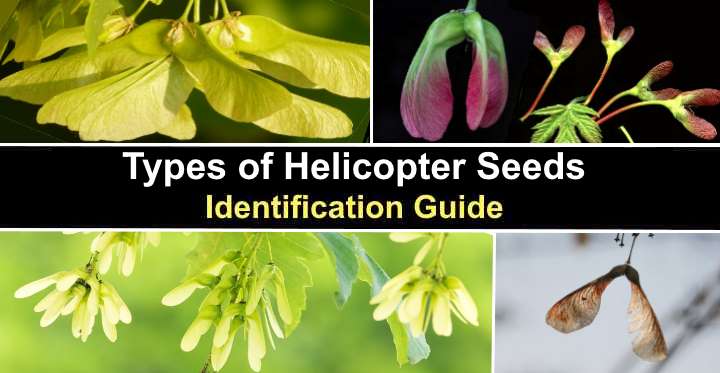
Helicopter seeds are the winged seeds of several species of deciduous trees. These papery, winged seeds are named helicopter seeds because they fall to the ground in whirling motion—just like a helicopter’s rotor blades. The primary types of trees producing helicopter seeds are maple, ash, elm, and sycamore trees. The wind can then disperse spinning helicopter seeds far from the host tree, helping the trees to flourish in a woodland landscape.
Yellow Flowering Lawn Weeds: Identification and Control (with Pictures)
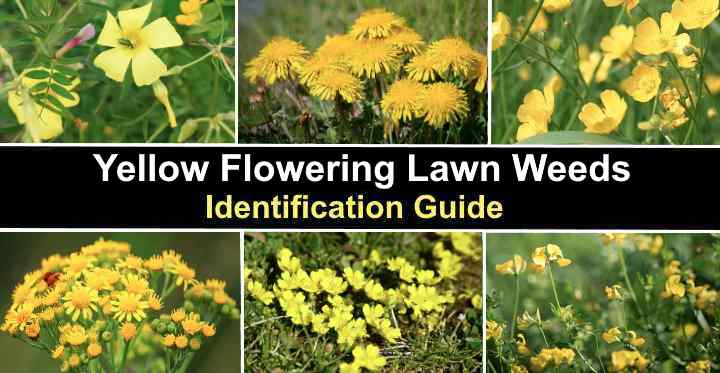
Yellow-flowering lawn weeds can make maintaining a beautiful garden challenging. The weedy plants with yellow flowers can affect the aesthetic beauty of your lush turfgrass. Also, with their invasive growth, the yellow weeds can drain the soil of nutrients and take over your beautiful green lawn. And it seems that certain yellow-flowering weeds have the uncanny ability to appear without warning after a rain shower.
White Flowering Weeds in Lawn: Identification and Control (with Pictures)
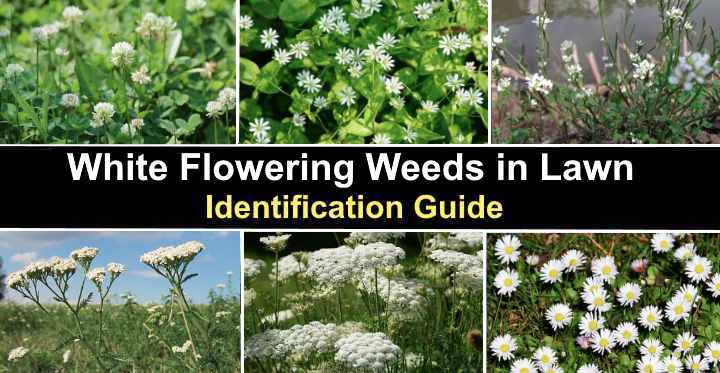
Weeds with white flowers can spoil the appearance of a beautiful lawn. White-flowering lawn weeds seem to pop up from nowhere, causing a plethora of white spots and patches of thick weedy leaves to spoil your lawn’s appearance. And eradicating white lawn weeds can be challenging because the invasive plants easily spread via underground stems or seeds dispersed on the wind after blooming.
Types of Purple Weeds in Grass: Identification Guide with Pictures
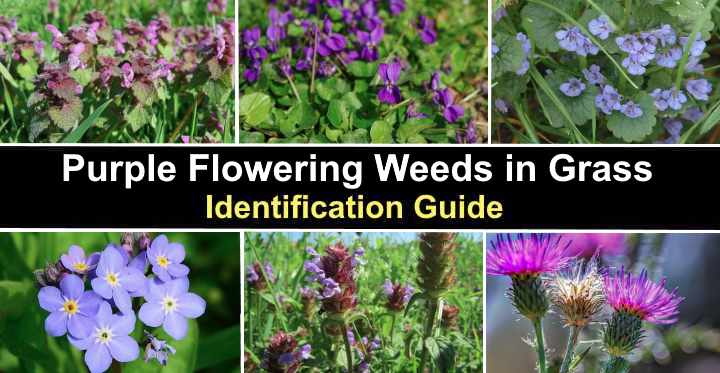
Purple weeds in grass can be a nuisance if you want to maintain a lush, green lawn. The pesky purple flowers in the turfgrass can detract from the beauty of your front or backyard lawn. And trying to get rid of broadleaf weeds with purple flowers can be challenging. It seems that as soon as you pull out the purple flower weeds from the grass, they emerge again a few weeks later. Also, some fast-spreading weeds seem to materialize as if from nowhere after rainfall.
Florida Vines: Flowering, Evergreen (With Pictures)
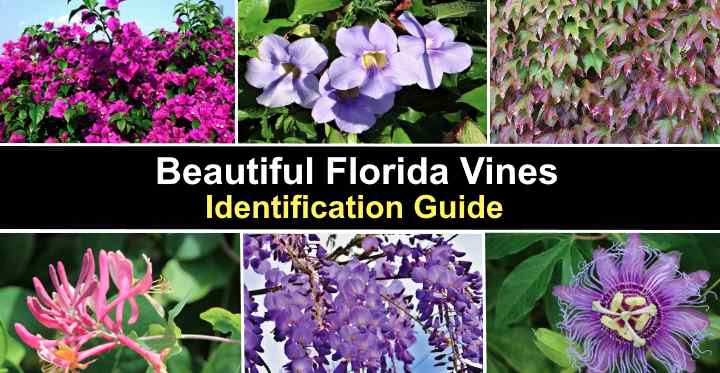
Flowering and evergreen vines are ideal landscaping solutions for Florida gardens. Climbing plants with flowers or evergreen foliage can grow on trellises, over arbors and pergolas, or hide fences. Additionally, flowering plants with spreading stems can grow as ground cover, help screen a backyard, cascade over a wall, or look stunning in a hanging basket on a patio. Regardless of your landscaping goals, many types of vines are ideal for Florida landscapes.

